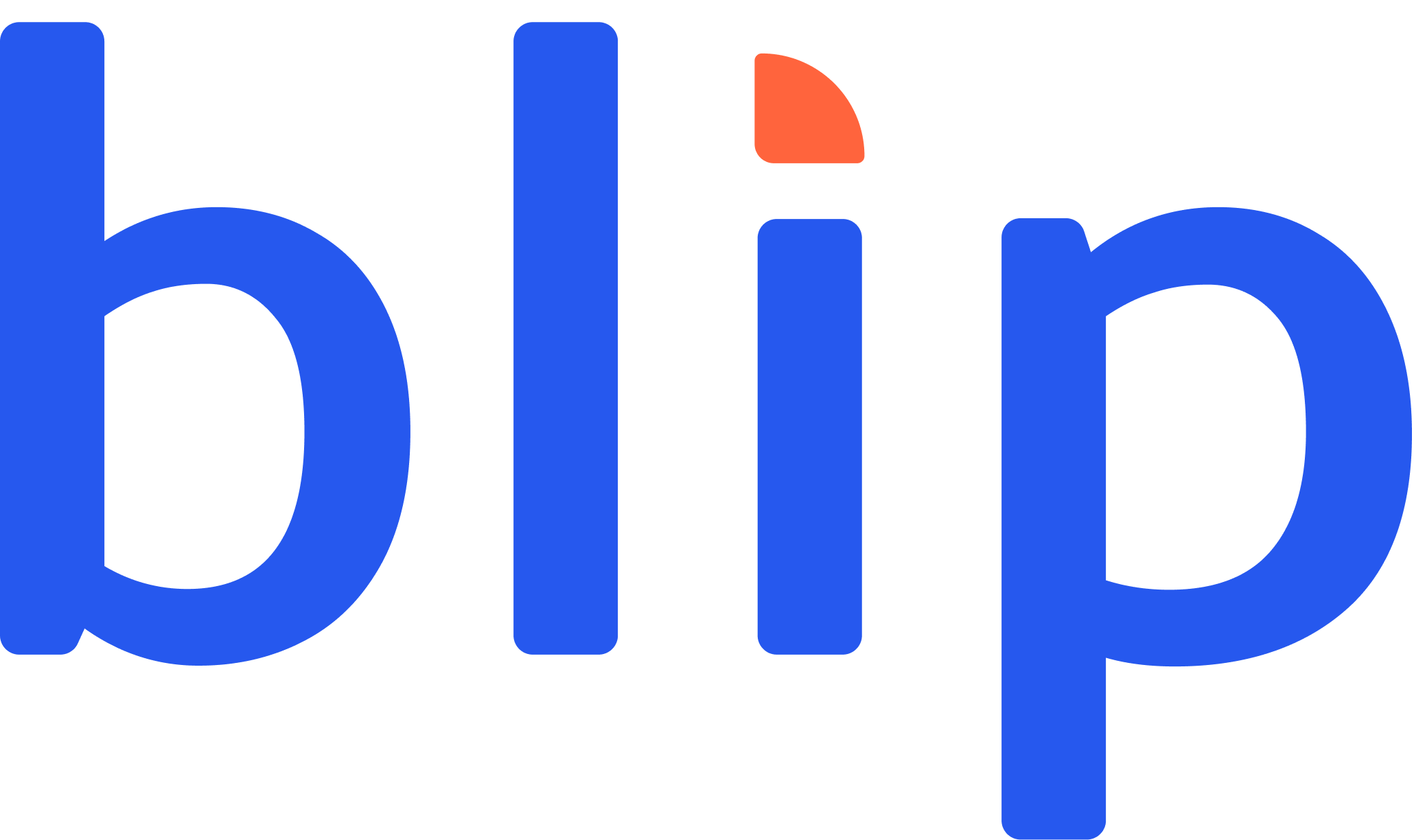Six months before my 40th birthday, I realized that I had never attempted to launch my own company. It was something that I dreamed of doing since the beginning of college, but could never find the right time to take the leap. The COVID-19 pandemic, however, made me realize how safely I played my career. It was late 2020 when I realized the pandemic could become the catalyst for tech-driven change in the consulting and research world. This industry altering event pushed me to speak with hundreds of individuals before launching my first startup ten years after graduating from Stern and more than 20 after my first engagement as a management consultant. Despite the lack of a clear path, I knew I had valuable skills in consulting, market research, and automation (thanks to a few courses at Georgia Tech and MIT).
My venture IOTA Impact has had a non-linear and an admittedly embarrassing non-strategic journey. Nevertheless, the SVF coaches and peers helped me to realize that the journey of personal discovery is one of the less spoken-about, but most common aspects of entrepreneurship. IOTA Impact gives me the chance to do what I love, what I'm good at, and what the world needs. Likewise, entrepreneurship has enabled me to work on what I'm passionate about all on my own terms.
In an industry dominated by incumbents who use a model designed in the 1950s, I saw the chance to offer better solutions to strategy, marketing, and sales. As a Stern alumnus, I applied to the SVF program because I knew it would offer a jumpstart for my venture. During this summer program, Danny, David, and my peers helped me develop my B2B sales skills, connected me to marketing experts to define my roadmap, and supported me in the difficult decision of cutting costs due to the risk of nationwide economic instability. Now, instead of flying to consultants to work with them Monday-Thursday, we're offering our clients an alternative that uses technology solutions, a network of global experts, and access to innovative data streams to make decisions. Thanks to SVF, my startup is "default alive," and we are well positioned for the future.
I launched IOTA Impact as a place to build core market research and analytics capabilities that can be deployed to solve critical business problems. We have since grown to have an agile tech-enabled approach to traditional consulting and research projects. This has allowed us to beat the Top 5 research and the Top 3 consulting firms in RFPs. We are also deploying our skills to understand business, consumer, and enablement aspects of the Metaverses. Thanks to our discussions with SVF experts, and the introductions from SVF sponsor David Ko to world-class Metaverse executives, we have refined our long-term vision for the company. With the lessons learned from the program, Iota impact will gain traction with clients that will result in a Seed round in 2023 to enhance and deploy our capabilities at scale. We view ourselves as pioneers in this new world, and our passion for learning and sharing that with our clients will likely help IOTA achieve a 20x return for our investors in the coming 5-7 years.
I'm grateful I chose this flexible program. The Stern Venture Fellows program has added tremendous value to my venture and has been a catalyst for my growth as an entrepreneur. Instead of focusing on rigid structures or frameworks, SVF has challenged me at every step to understand that every entrepreneur has their own path to success.
Andres Satizabal
andres@iotaimpact.com









